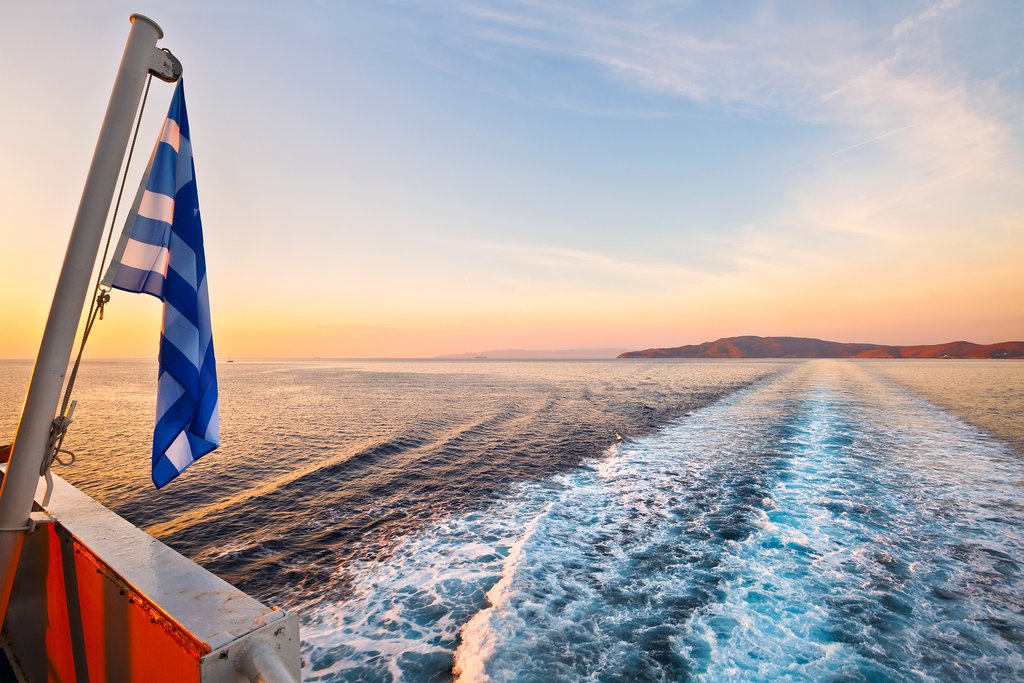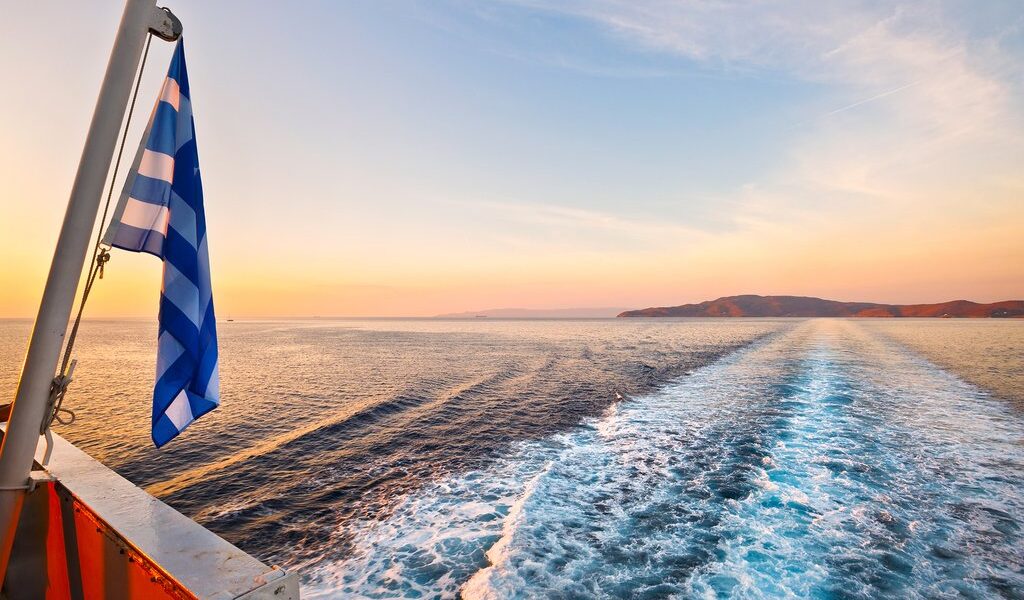
Greek winter recedes into the March shoulder season, when visitor numbers begin an uptick yet prices remain attractive. Some restaurants and hotels are reopening, yet the islands are still free of the tourist swarm. The first bloom of spring flowers brightens the islands as the weather starts to warm up, with plenty of crystal-clear sunny days—time to pack the T-shirts and shorts with your cold-weather clothing.
## Exploring the Greek Islands in March: A Comprehensive Guide
March in the Greek Islands marks a transition, a delicate dance between the lingering whispers of winter and the burgeoning promise of spring. It’s a time of awakening, when nature stirs from its slumber and the islands slowly begin to prepare for the arrival of summer. While not yet the peak season, March offers a unique charm and a chance to experience the Greek Islands in a more intimate and authentic way.
**Weather:**
As March unfolds, the air begins to carry the scent of spring, with temperatures gradually rising and the days becoming noticeably longer. Towards the latter part of the month, you can expect increasingly warm, sunny days punctuated by the radiant azure of the Greek skies. However, the weather remains somewhat unpredictable, a characteristic of the shoulder season. Expect a mix of conditions, including some gray, rainy days. These are less frequent as the month progresses, paving the way for more consistent sunshine.
The average temperature in March hovers around 60°F (16°C) on the wind-swept Cyclades islands. However, you’ll find slightly warmer conditions on islands further south, such as Corfu and Crete, where temperatures tend to be several degrees higher. Despite the warming trend, it’s still advisable to pack layers, including a warm sweater and/or a light jacket, particularly for the cooler evenings when the sea breeze picks up. The Aegean and Ionian seas are still quite cold during this period, not yet inviting enough for swimming for most travelers.
**Crowds & Costs:**
March represents the tail-end of the winter season, a period of relative tranquility before the summer crowds descend. While a small trickle of visitors begins to return, this is a fantastic opportunity to savor the serenity of the Greek Islands and experience their authentic charm without the hustle and bustle of peak season. However, it’s important to be aware that ferry services are less frequent than during the summer months, and many hotels and restaurants may still be closed for the season.
The upside is that airlines and hotels typically haven’t yet implemented their peak season rates, making March an attractive time to visit for those seeking budget-friendly travel options. You’ll likely find some great deals on flights and accommodations, allowing you to stretch your travel budget further.
**Where to Go:**
March can be an ideal time to explore many of the Greek Islands, especially those that offer a blend of natural beauty, historical significance, and cultural experiences. Consider visiting Santorini and Mykonos before the summer crowds arrive in full force. This is the ideal opportunity to see the true local flavor of these islands. Do note, however, that those seeking a vibrant nightlife scene might be disappointed, as most bars and nightclubs will still be closed.
Rhodes and Crete enjoy the earliest signs of spring, with temperatures on the southern coasts potentially reaching 70ºF (21ºC) or higher on sunny days. While the sea might still be a bit chilly for swimming, it’s certainly warm enough for sunbathing and enjoying the coastal scenery.
These islands are also rich in archaeological treasures, offering plenty of opportunities for exploration and discovery. On Rhodes, you can wander through the magnificent medieval Old City, marvel at the Acropolis of Lindos, and delve into the past at the Archaeological Museum. You might even consider a day trip to the charming neighboring island of Symi, known for its picturesque harbor and colorful houses.
Crete, the largest of the Greek Islands, is home to the Minoan Palace of Knossos and Palace of Phaistos, offering a fascinating glimpse into the ancient Minoan civilization. Be sure to visit the Heraklion Archaeological Museum, which houses an extensive collection of Minoan artifacts. Exploring these sites in the relative peace and quiet of March is a truly rewarding experience.
Combining a visit to multiple islands is relatively easy, as the twice-weekly ferry that operates between Santorini and Rhodes includes stops at Crete and several other islands along the way.
**What to Do:**
For photographers, March is a truly exceptional month to visit the Greek Islands. The air is exceptionally clear, offering unparalleled visibility and creating the perfect conditions for capturing stunning images. The sun remains relatively low in the sky, casting long shadows and creating a beautiful, soft light that enhances color saturation.
Head to Mykonos and Santorini while they are still at their most tranquil, allowing you to capture the authentic local lifestyle, the breathtaking seascapes, and the iconic, colorful cubist houses in their full glory.
March is also an excellent time for hiking. The Greek Islands offer a wide range of trails to suit all levels of experience, but the mountainous isle of Kea stands out for its wealth of ancient, well-signposted footpaths. In fact, you can hike from one end of the small island to the other, discovering hidden valleys, picturesque villages, and breathtaking coastal views along the way. Don’t miss the chance to see the ancient stone “Lion of Kea,” a mysterious and iconic landmark, and explore the ruins of the ancient city of Carthea.
**March Events:**
**Feast of the Annunciation/Independence Day:** A significant date in the Greek calendar, March 25th marks a dual celebration. The Greek Orthodox Feast of the Annunciation commemorates the Christian belief that on this day, the Archangel Gabriel informed Mary that she would give birth to Jesus. It also marks Independence Day, celebrating Greece’s independence from the Ottoman Empire in 1832. Celebrated together, islands throughout Greece host various festivities, including parades and traditional performances. Be aware that many restaurants and other tourist services may be closed on this day.
(Word Count: 836)
B-1027

